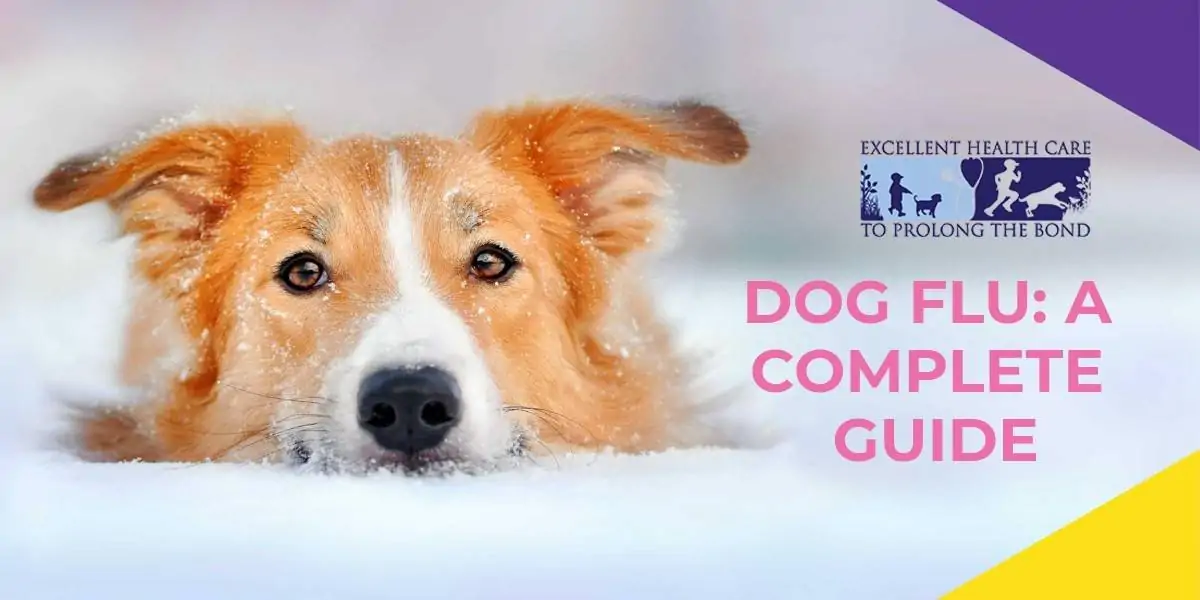
Dogs are susceptible to flu similar to humans. The seasonal changes are the main reason that triggers different flu-related illness in dogs. It is always ideal to foresee the different types of aspects related to dog flu and prepare ahead.
While most of the dog flu cases are not fatal, the advanced stages can make your pooch uncomfortably sick. This can adversely affect his health triggering other concerns like lethargy and loss of weight.
This guide to dog flu will cover aspects like the causes, symptoms, care and precautionary steps.
Dog flu causes
Dog flu is usually triggered when pooches inhale bacteria or virus into their respiratory tracts. The change in temperature, especially a drop in temperature or inadequately ventilated condition can promote bacteria or virus growth.
The two main types of viruses that are responsible for dog flu are H3N8 and H3N2. The virus H3N8 was initially found in Horses in the United States, however, later it was found to be a major cause of flu in dogs.
The bird origin H3N2 is the other virus that causes dog flu. This virus was identified in Chicago in 2015 and spread to the other states quickly.
Symptoms
Mild symptoms of dog flu involve fever and cough which prolongs for nearly 10 to 20 days. Some of the early symptoms include lethargy, runny eyes, appetite loss, and exercise intolerance.
Some of the advanced symptoms include pneumonia which can lead to labored breathing and heart conditions. The condition can also lead to chronic issues like cancer. On some occasions, dogs have also been diagnosed with green discharge from nose and eyes.
Precautionary measures
Humans are usually not vulnerable to canine flu, however, there are some precautionary measures that need to be considered.
Even if you do not stand a chance to catch canine influenza, you can be a good carrier. Therefore, ensure that you take a shower and wash your clothes once you have attended to or have been surrounded by other dogs, which might have the flu.
Be careful about exposing your dog to a poorly ventilated condition. Ensure that you monitor your dog’s health closely. Check for signs like lethargy, exercise intolerance and loss of appetite. Keep in mind that early diagnosis is crucial to bringing the situation under control without much stress and strain both for yourself and your pet.
Treatment
There are multiple approaches to treating canine flu. Your veterinarian can recommend rest for mild cases, with close monitoring. However, for advanced stages with severe coughing, your pooch might be prescribed with antibiotics and cough suppressants.
With the severity of the illness, your pooch might need intensive care with administration of intravenous fluids and even oxygen therapy. It is always ideal to look into different vaccination options that will help you safeguard your pooch from severe illness triggered by canine flu.
Invest some time to learn more about canine flu and once you suspect the condition in your dog, talk to a veterinarian immediately. Ensure that you have a detailed consultation with your vet prior to deciding to administer vaccinations to your pet for canine flu prevention.
